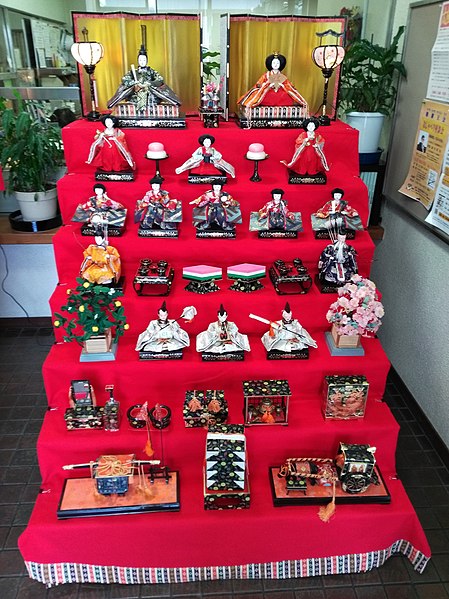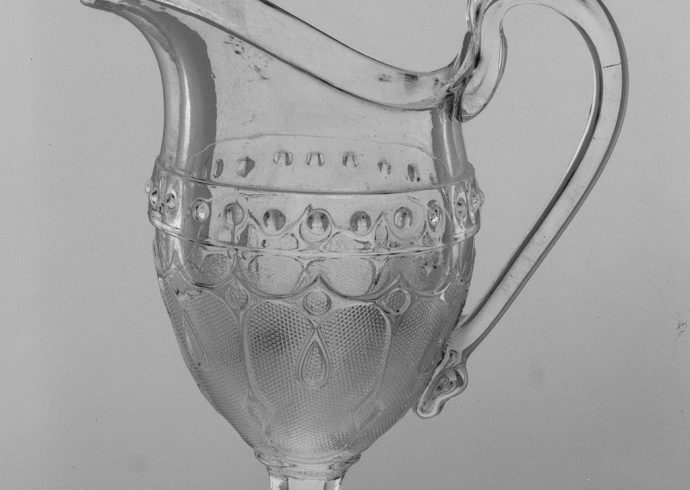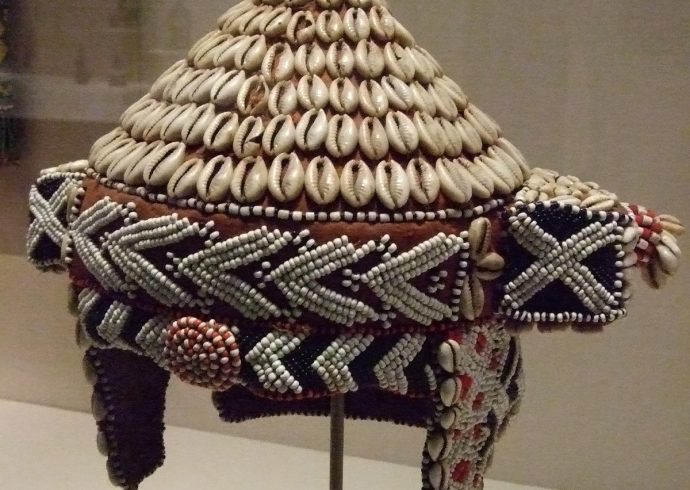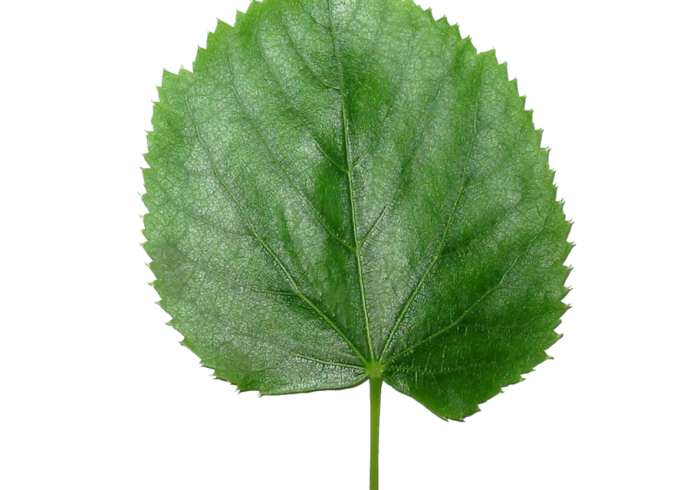
A History of Ningyo, or Japanese Dolls
Ningyo are Japanese in origin which can refer to any type or shape of dolls. It is a general term for dolls created for play, decoration, or on Girl’s Day, where special collectible dolls are put on a stand for display. The history of dolls in Japan date back to the Jomon period in prehistoric Japan where similar figures shaped like small humans were used for ritual purposes. This period spanned from 8000 to 2000 B.C.E. Like other figures founded from prehistoric times elsewhere in the world, the dogu, as they were called during the Jomon period, resembled fertility deities, with protruding stomachs and exaggerated breasts. Other dogu forms appeared as warriors, probably to ensure the power of the ruling tribes.
The practice of making dolls continued through the succeeding Kofun period which dated from 300 to 600 C.E. These dolls were made of clay and used for funerary purposes, referred as haniwa, although haniwa on the whole was mentioned to include other living forms like animals and not just humans. By the eleventh century, dolls were created for play purposes with girls, but still retained use in ritual, especially as good luck figures, and protective figures. Dolls were created in all shapes and sizes but most notably the okiagari-koboshi, which is a papier-mache doll with a round base so that if it is knocked over, it returns to an upright position. The design of this doll is meant to be used for good luck, and perseverance, thus the doll’s ability to always remain upright.
More styles of dolls arrived with the Edo period, when Japan was at the height of cultural practices. Hina, musha, gosho, and darume dolls became popular, with the Hina being the most elegant, as they were used on March 3, or Girl’s Day. Ceremonial dolls were never played with but they were carefully preserved and packed away when not in use. Musha dolls were in the form of warriors, complete with armor and shields. Gosho dolls frequently depicted small, plump babies. Darume dolls were another good luck symbol, with both eyes being blank white circles. Pupils had to be filled in when purchased but not until a wish was made. Upon making a wish, one eye would be painted with a pupil. The other eye remains blank until the wish is fulfilled, then the other pupil is painted. Kokeshi dolls are probably the most commonly seen ones in the western world. They are made of wood, brightly painted, with the head being the same size of the body, but lacking any limbs. Their unique beauty alone makes them perfect decorations in many a western home.
In the twentieth century, Japanese dolls utilized many of the same materials found in dolls made in the western world. Bisque, porcelain, fabric, and paper to represent Japanese figures became popular. Popular toy manufacturers like Mattel brought their goods to Japan, although traditional Japanese dolls are still revered and collected by many Japanese in their home country and abroad.
Image Credit: Advancemirror, CC BY-SA 4.0, via Wikimedia Commons.


